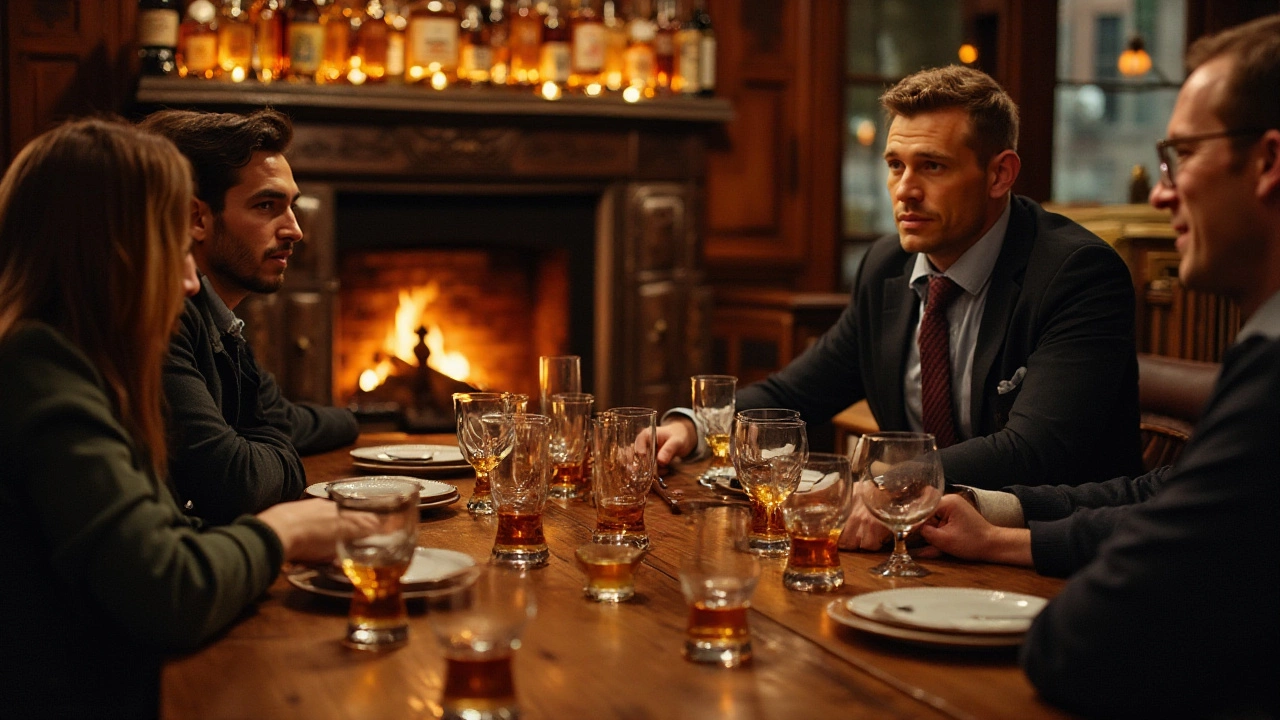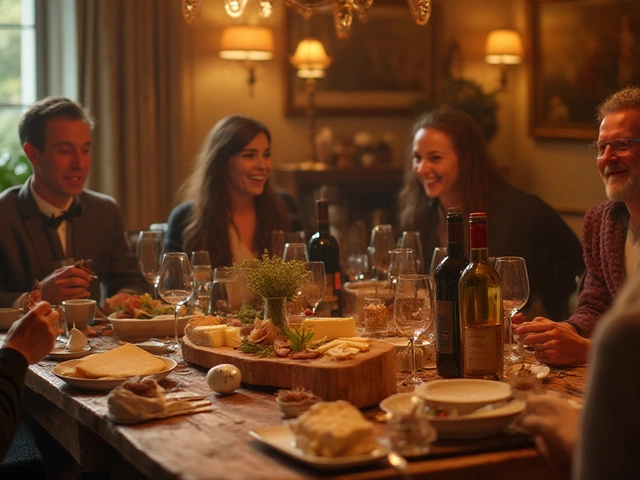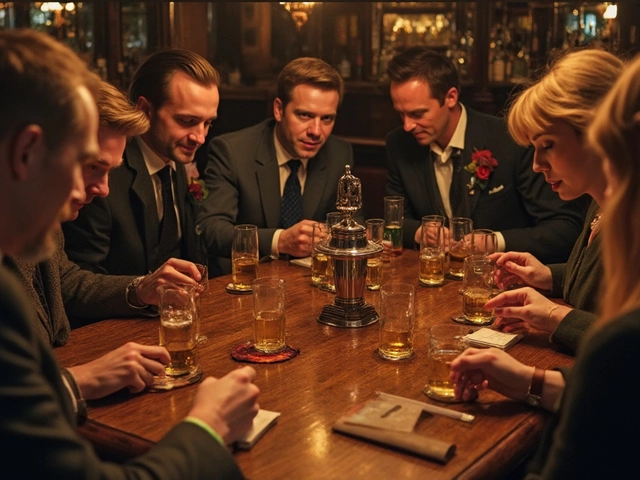Tasting Techniques: Simple Tips to Sharpen Your Palate
Ever wondered why some people seem to get more out of a sip than others? It’s not magic – it’s technique. Whether you’re holding a glass of red, swirling a whisky, or sampling a craft beer, the way you approach the drink changes what you taste. Below are easy steps you can start using today to make every tasting more rewarding.
Basic Steps for Every Tasting
1. Choose the right glass. A clear, tulip‑shaped glass funnels aromas toward your nose and lets you see colour clearly. No need for fancy crystal; a simple wine glass works fine.
2. Let it breathe. After pouring, give the drink a few seconds to settle. For wine, a quick swirl helps release volatile compounds. For whisky, a gentle swirl can open up subtle notes without spilling.
3. Look at the colour. Hold the glass up to a neutral background and note the hue. Light reds often mean younger wines, while deep amber can hint at age or oxidation. This visual cue sets expectations for the next steps.
4. Smell before you sip. Bring the glass to your nose and inhale gently. Try to pick out three scents – maybe fruit, spice, or wood. If you can name them, you’re already training your palate.
5. Take a small sip. Let the liquid coat your tongue before you swallow. Notice the initial impression (the “attack”), the middle body, and the finish. Think about sweetness, acidity, tannin, or bitterness.
6. Pair with a palate cleanser. A sip of water or a bite of plain bread between tastings resets your taste buds. This is especially helpful when moving from a bold red to a delicate white.
Advanced Tricks to Level Up
If you’ve mastered the basics, try these tweaks. First, practice “retro‑nasal” smelling – exhale through your nose after swallowing to catch hidden aromas. Second, experiment with temperature: a few degrees warmer can reveal fruit, while cooler temps highlight acidity. Third, write quick notes after each tasting; a simple checklist (aroma, flavour, finish) helps you track patterns over time.
Don’t forget that tasting isn’t only about wine. The same steps work for whisky, craft beer, and even non‑alcoholic mocktails. For a whisky tasting, focus on the grain, peat, and spice notes. In a beer, look for hop bitterness, malt sweetness, and carbonation levels. The more you practice, the faster your brain connects the dots between what you see, smell, and taste.
Finally, keep the experience fun. Invite a friend, try a blind tasting, or compare two bottles side by side. The goal is to enjoy the drink while sharpening your senses. With these simple techniques, you’ll start catching nuances that were hidden before, and every glass will feel like a new adventure.
Whiskey tasting offers a sensory adventure, blending history, culture, and craftsmanship into each sip. This practice allows enthusiasts to explore various flavors, aromas, and nuances of whiskeys from around the world. With guidance on tasting techniques and tips for enhancing the experience, this article aims to immerse readers in the fascinating art of whiskey appreciation. Whether beginner or connoisseur, there's always more to uncover with each glass.
View Details

